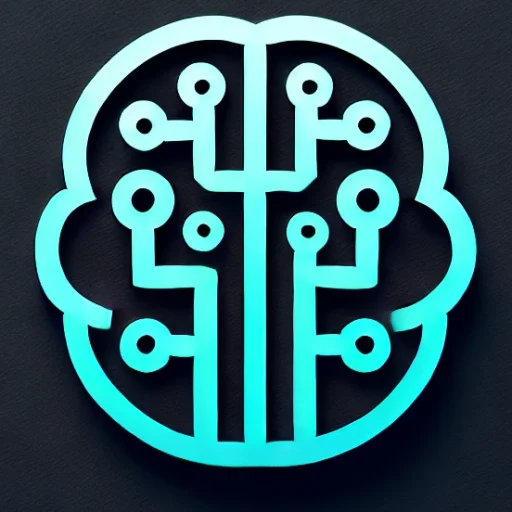
Introduction
In recent years, generative AI has evolved from a niche technological curiosity to a transformative powerhouse reshaping entire industries. As artificial intelligence becomes increasingly sophisticated, generative models are breaking barriers and redefining creativity across various sectors. From the arts to finance and healthcare, the impact of generative AI is profound and far-reaching. This blog explores the latest advancements, real-world applications, challenges, and future prospects of generative AI in today’s digital landscape.
Key Insights & Latest Advancements
Generative AI leverages algorithms such as Generative Adversarial Networks (GANs) and transformers to create new content that is often indistinguishable from human-made outputs. One of the most significant advancements in this field is the development of large-scale language models like OpenAI’s GPT-3 and GPT-4. These models can generate coherent text, assist in coding, and even produce creative writing.
Moreover, generative AI technologies like DALL-E and Stable Diffusion have pushed the boundaries of visual creativity by generating stunning, high-quality images from textual descriptions. These tools are democratizing creativity, enabling individuals with little to no artistic expertise to produce professional-grade visual content.
Real-World Applications
The versatility of generative AI is evident in its diverse applications. In the entertainment industry, AI is being used to create new music, scripts, and video content. The fashion industry is leveraging AI to design clothing and predict trends. In healthcare, generative models assist in drug discovery and personalized medicine by simulating complex biological processes.
Start-ups and established companies alike are adopting these technologies to enhance product design, automate customer service, and optimize supply chains. For instance, companies like NVIDIA are using generative AI to create virtual worlds and simulations for gaming and training purposes.
Challenges & Future Outlook
Despite its promising potential, generative AI presents several challenges. Ethical concerns around content authenticity, copyright infringement, and deepfakes remain significant hurdles. There is also the risk of bias in AI-generated outputs, which can lead to unintended consequences if not properly addressed.
Looking forward, the future of generative AI is promising yet requires careful navigation. Continuous advancements in AI ethics, transparency, and regulation are crucial for ensuring responsible use. The development of more robust models that integrate human values and creativity will likely drive the next wave of innovation.
Conclusion with Key Takeaways
Generative AI is revolutionizing how we think about creativity and automation. Its ability to generate novel and intricate content is opening up new avenues not only for individual creators but also for businesses seeking to innovate and stay competitive. As we continue to explore the capabilities of generative AI, balancing innovation with ethical considerations will be essential. Embracing this technology responsibly will enable us to harness its full potential, leading to unprecedented opportunities across industries.

